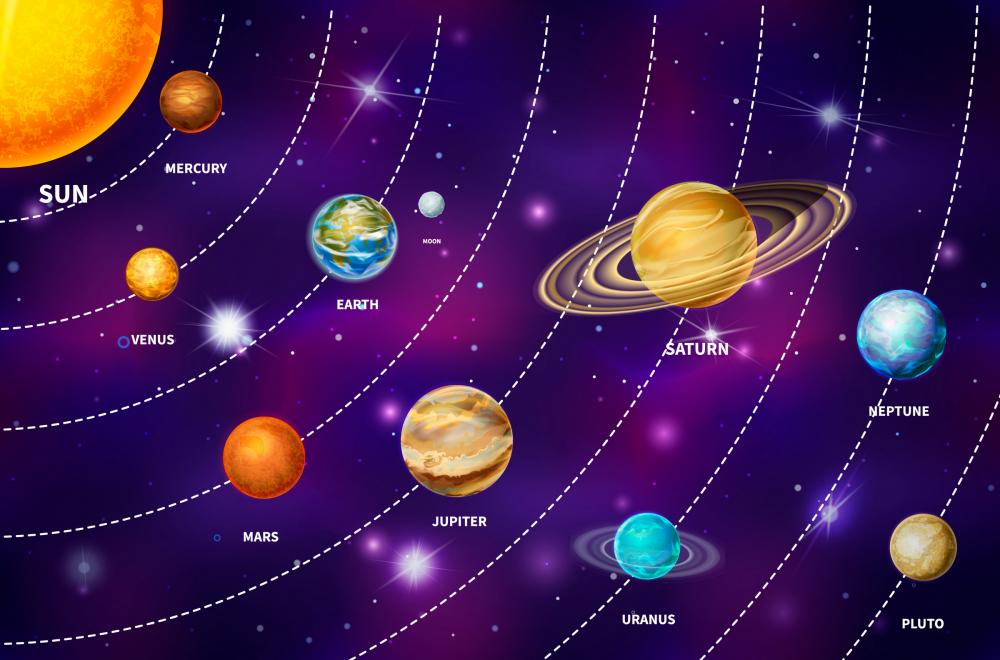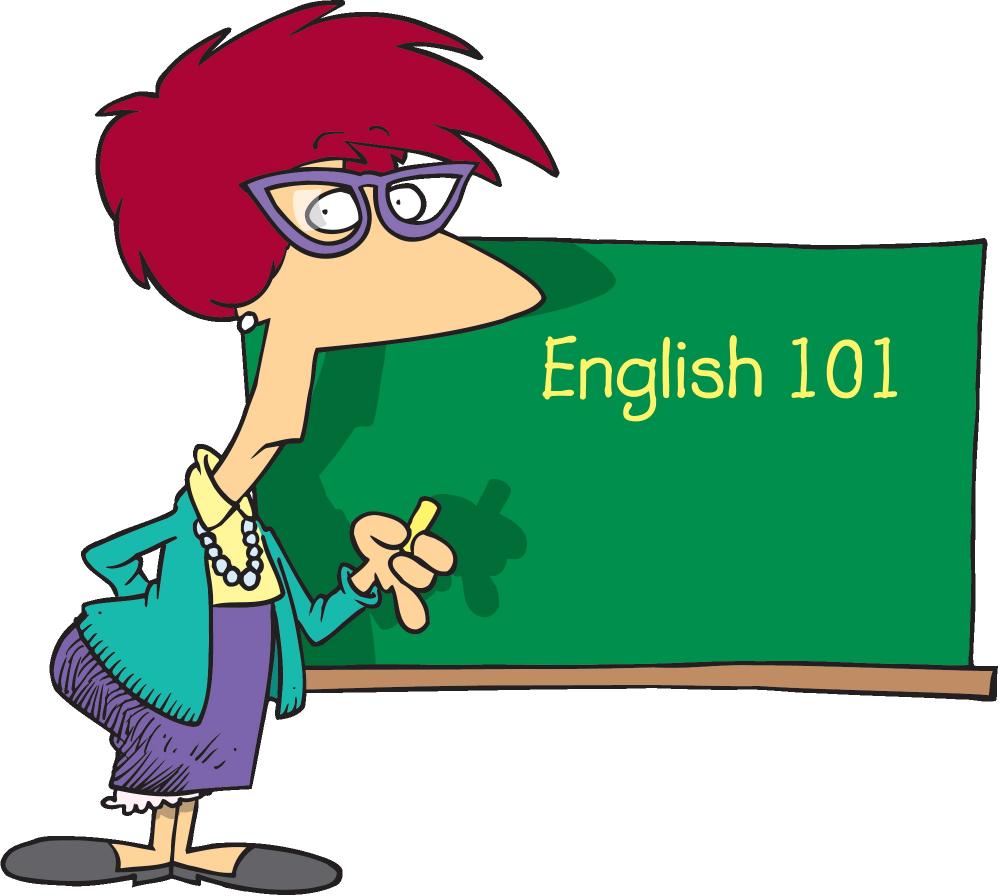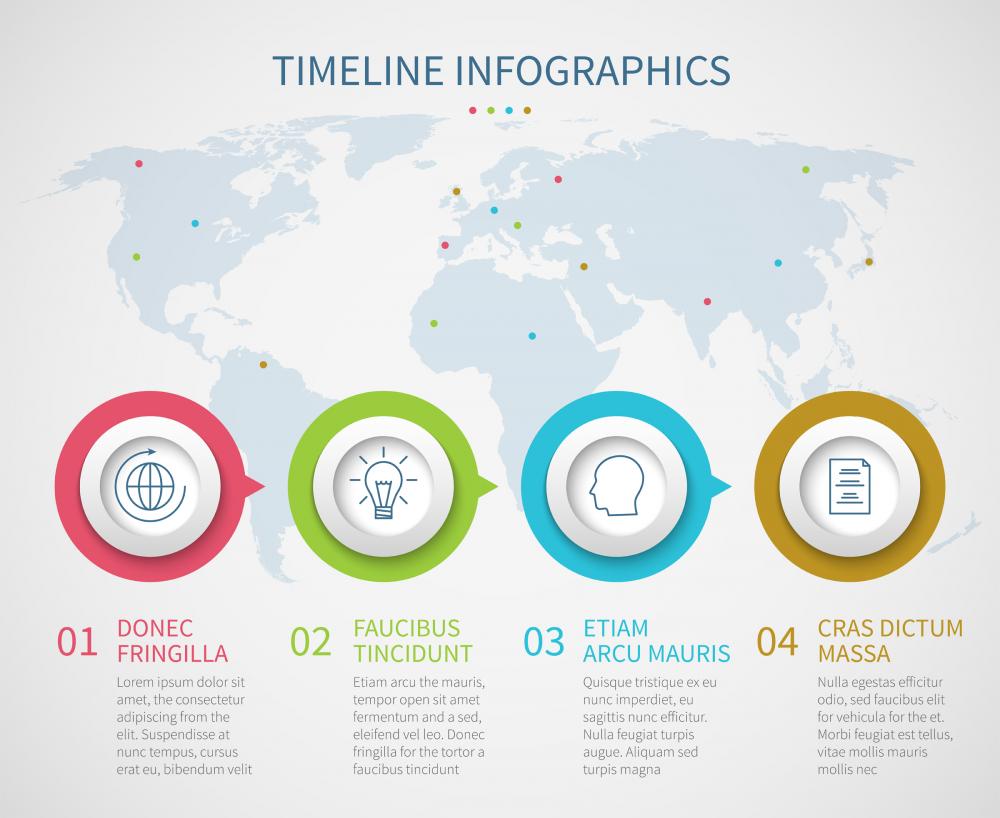
Clipart plays a pivotal role in educational settings. From textbooks to presentations, clipart aids in visual communication, engages students, and enhances the learning experience. This blog post explores the multifaceted uses of clipart in education, providing insights into its benefits and practical suggestions for educators. Clipart.com School Edition serves as a valuable resource for students, teachers, and educators alike, providing a vast library of high-quality clipart images that enhance educational materials across various subjects and grade levels. With its user-friendly interface and diverse selection, Clipart.com School Edition supports educators in creating engaging learning materials that cater to different learning styles and enhance classroom instruction.
Benefits of Using Clipart in Education
1. Visual Reinforcement of Concepts:
Clipart serves as visual aids that reinforce textual information, making abstract concepts more tangible for students. For instance, in science classes, a clipart image of a solar system can help students visualize planetary positions and their orbits, enhancing comprehension and retention.

2. Enhanced Engagement:
Educational materials enriched with clipart are more visually appealing and engaging for students compared to plain text. Clipart can break the monotony of text-heavy content and maintain students’ interest. For example, historical timelines with relevant clipart images can bring events to life, fostering a deeper connection to the subject matter.
3. Facilitation of Learning for Diverse Learners:
Visual learners benefit significantly from clipart, as images help them process and understand information more effectively. Additionally, for ESL (English as a Second Language) students, clipart can bridge language barriers by providing visual context to unfamiliar vocabulary or concepts. For instance, using clipart alongside vocabulary lists can aid comprehension and retention.

Practical Uses of Clipart in Educational Materials
1. Incorporation into Worksheets and Assignments:
Educators can integrate clipart into worksheets and assignments to make learning materials more visually appealing and instructional. For example:
- Mathematics: Use clipart of geometric shapes to illustrate problems involving area and perimeter calculations.
- Language Arts: Include clipart depicting scenes from literature to prompt discussions or creative writing exercises.
- Geography: Use clipart maps to help students identify countries, capitals, and geographical features.
2. Enhancement of Presentations and Slideshows:
Clipart is invaluable in creating engaging presentations that capture students’ attention and facilitate learning. Consider these suggestions:
- Science: Integrate clipart of plants and animals into biology presentations to illustrate ecosystems and life cycles.
- History: Use historical clipart to visualize significant events and historical figures during lectures or classroom discussions.
- Languages: Incorporate clipart depicting cultural symbols or landmarks to enrich language learning presentations.
3. Creation of Visual Aids and Posters:
Visual aids and posters play a crucial role in classrooms by summarizing key concepts and providing reference points for students. Here are some ideas:
- Chemistry: Design posters with clipart illustrating periodic table elements and their properties for quick reference.
- Social Studies: Create timelines with clipart images to depict the sequence of historical events and their impact.
- Art and Design: Use clipart to demonstrate different art styles, techniques, and famous artworks.

Clipart is not merely decorative but a powerful tool that enhances the educational experience by promoting visual learning, engagement, and comprehension. By strategically integrating clipart into educational materials, educators can cater to diverse learning styles, reinforce concepts, and create dynamic learning environments that inspire students. Whether used in worksheets, presentations, or visual aids, clipart enriches educational content and fosters a deeper understanding of academic subjects. Embracing the versatility of clipart in education empowers educators to create impactful learning materials that resonate with students and support their academic journey.
By leveraging clipart effectively, educators can transform traditional learning materials into dynamic resources that stimulate curiosity, creativity, and learning in the classroom.




